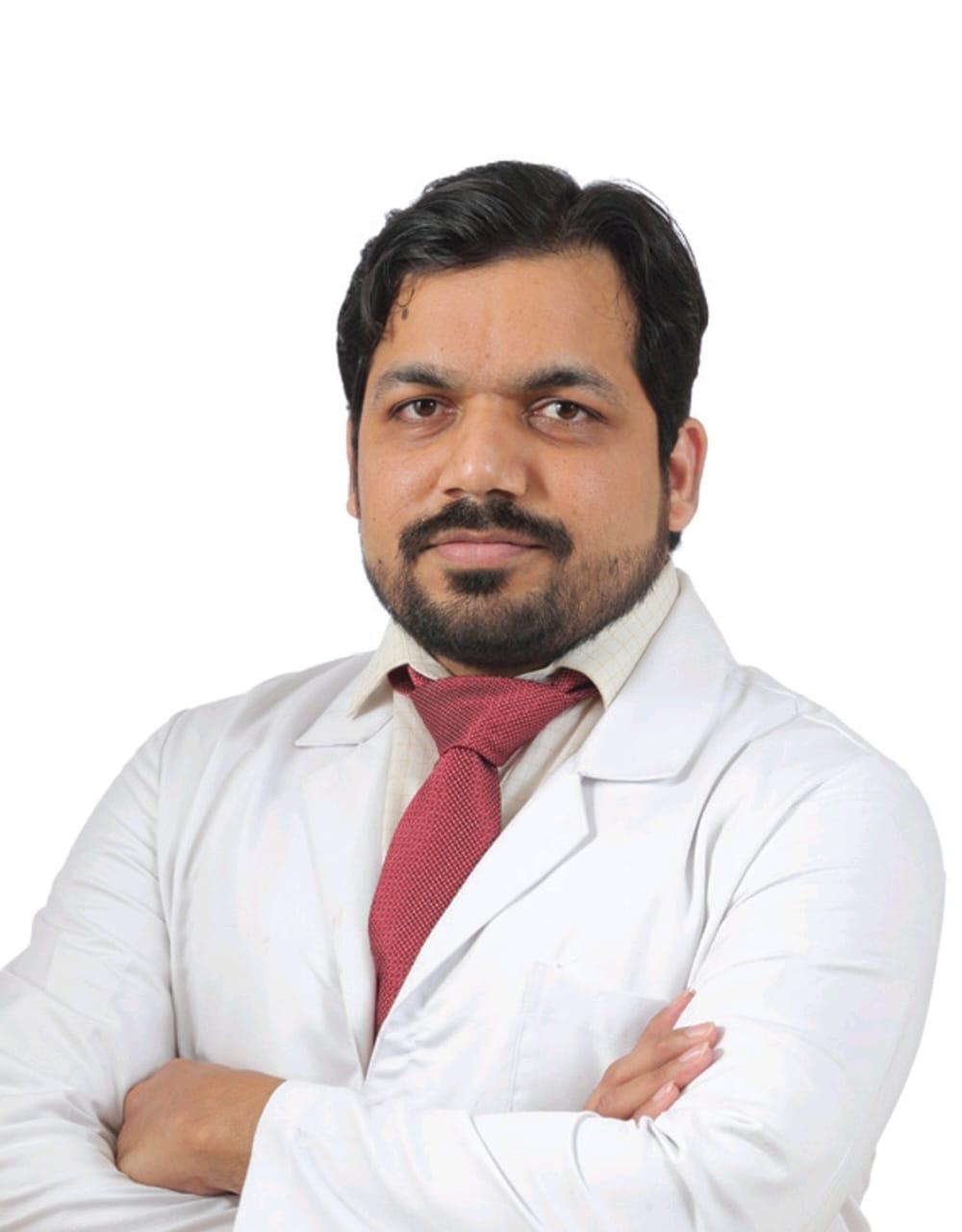Bedridden resident, receives a fresh lease of life, after a complex, marathon hip reconstructive surgery
Ramesh (name changed), a 57-year-old from Hanumanthanagar was in excruciating pain due to end-stage arthritis in his left hip. He had a long history of alcoholism and persistent smoking. Moreover, he had hypertension, mild diabetes, and

Ramesh (name changed), a 57-year-old from Hanumanthanagar was in excruciating pain due to end-stage arthritis in his left hip.
He had a long history of alcoholism and persistent smoking. Moreover, he had hypertension, mild diabetes, and chronic bronchitis. Like the majority of Indians, he suffered from Covid, but made a full recovery, after the second wave.
Ramesh had experienced a fall four years ago, which resulted in a left femoral head Pipkins fracture and an injury to his left hip. It is worth noting that femoral head fractures, which are injuries to the upper end of the thigh bone, are very rare. They are an infrequent type of hip fracture that can result from falls or road traffic accidents.
In the developing world, it’s typical for patients to arrive late for medical evaluation. Ramesh suffered AVN of the left hip as a result of this wait, which is the death of the femoral head as a result of vascular disruption, excessive shortening of the left leg by 1.5 cm, and end stage traumatic arthritis of the left hip.
Ramesh first came to BGS GGH in a handicapped, painful state, according to Dr. Srikanth K. N., HOD & Sr. Consultant Joint replacement & Reconstructive surgeon. His pain severity score was 9/10, which is comparable to pain from an acute fracture. Even using the restroom, to perform his daily tasks, on his own, was impossible for him.
His left leg was 1.5 cm shorter than his right leg, as per the examination. He did not move his left hip in any way, therefore there was no internal or external rotation, extension, or any degree of abduction and adduction. He could only flex his left hip up to 70 degrees since it was stuck at 20 degrees of fixed flexion.
Dr. Srikanth commented on the complexities of the procedure and the decision-making process used by the surgeons. “We generally template before every surgery & write down the plan on the board in the OT,” he stated. We had plans A, B, and C for this patient.
The hip mobility was nil when we entered through the usual established posterior approach technique, due to extensive shortening and significant soft tissue scarring over 4 years.
This means that any forced hip dislocation maneuver, a crucial first step in hip replacement surgery, can result in a fractured femur or acetabulum, due to widespread Osteoporosis and Vitamin D deficiency, which are very common in Indian patients.”
“We had to approach very carefully, and due to the extreme stiffness, dislocation could not occur right away. Therefore, once the femoral head and neck were exposed, we had to perform an in-situ cut, which required us to leave everything in place and cut the femur’s neck with a saw. This allowed us to access the hip joint, which was challenging in this case, and try to remove the femoral head in pieces, to make the procedure safer for the patient.” added Dr. Srikanth.
Additionally, a 360-degree release was performed all the way around the top of thigh bone, with special attention paid to the deep attachment of the gluteus maximus that had to be released, which they only have to do, as a routine in Redo surgeries. On the cup side, a 360-degree exposure was also required, and this was accomplished by releasing the reflected head of the rectus femoris and using minimally invasive MIS retractors.
The most recent, evidence based data that was widely accessible in the west, for such individuals was used to establish the choice of implant, which was a significant key step of this operation. The patient’s medical condition was graded as ASA III, according to The American Society of Anesthesiologists Physical Status Classification System, which assesses and communicates a patient’s pre-anesthesia medical co-morbidities. ASA grade III has direct bearing on the risk of post operative hip dislocation, after hip replacement surgery. This information is not widely known, particularly in India. So, the specialist had to consider the patient’s various medical issues, which had an important impact on the surgery and the hip instability, in addition to making sure the procedure went well.
“After a challenging but successful exposure, a monoblock dual mobility cup was used and cemented with the correct inclination and ante-version, after the cup was reamed to size 50.
After the cup was completed, a cemented prosthesis, that has been used, in more than a million humans worldwide, was utilised, to achieve the ideal leg length, anteversion and offset. The independent control of these 3 features, is only possible, with the use of these types of stem, which is again rare in India. These stems are evidence based & much cheaper, than uncemented stems, popularly used in the Indian subcontinent. To our knowledge, this is the first time in India, ASA grade III has been used as an prime indication of hip instability, with history of alcoholism & a dual mobility cup used.’’added Dr. Srikanth. K N
An 8-hour long, marathon hip reconstructive procedure, was successfully performed and despite a significant reconstruction, in a patient with complex medical needs, the recovery period was short; the patient was fully mobile and able to return home 4-5 days following surgery.
Discussing his father’s state following surgery the patient’s son stated, “We were first apprehensive, to undergo surgery on my father, because of the potential financial risk and other relevant factors. Dr. Srikanth K. N., however, clarified and simplified the surgical procedure. Even though there were many, professional components involved, his & his teams moral support and generosity, with the medical costs, made it seem like, one of our close family members was working in the field and supporting us, in every way.
Dr. Kutappa, Anaesthetic HOD and Dr. Srikanth, deserve special mention. Also, my mother will soon undergo a small procedure to treat her right-shoulder problems.”
In contrast to, his bedridden condition, the patient is doing extremely well now and is pain-free and even able to walk the stairs on his own. The Harris hip score, which considers these factors, increased from 33 prior to surgery to 95 after only 4 weeks (100 being perfectly normal).






